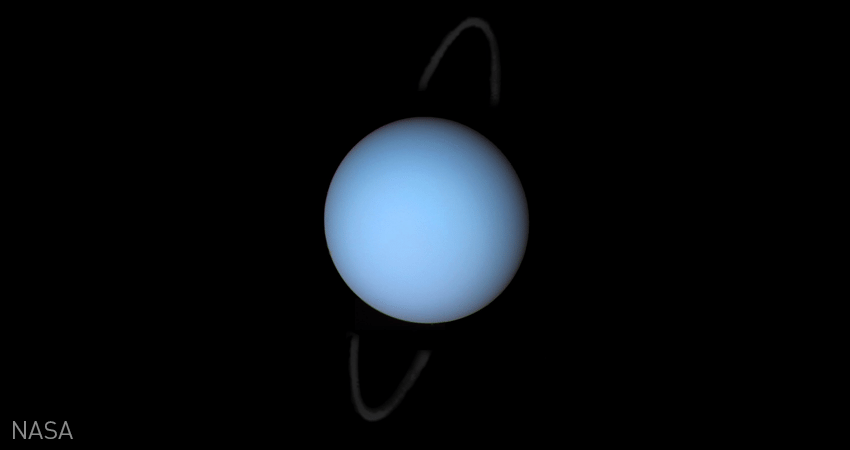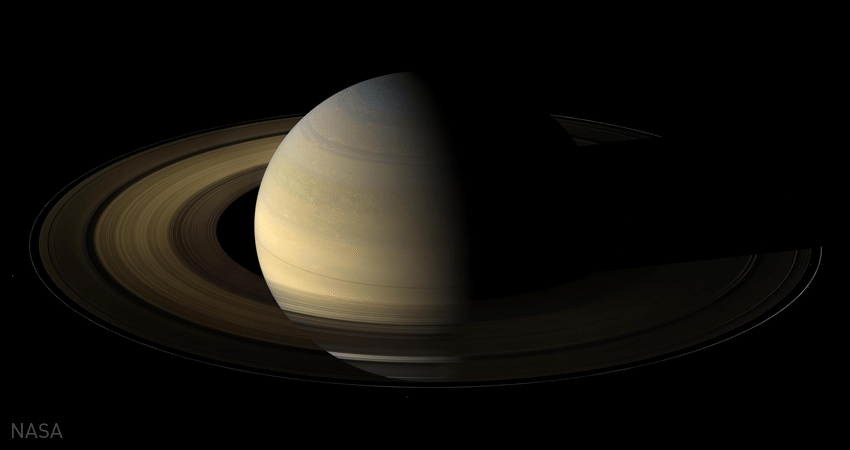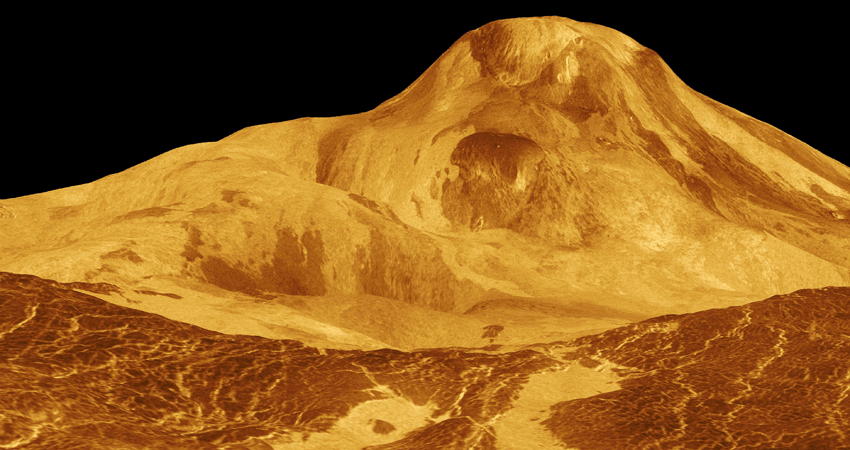
Astral Event: Perseid Meteor Shower 2016
Categories: Science & Cosmology
Greetings, stargazers! It’s August, and as summer’s end nears so arrives our favorite time to look to the skies… for the Perseid meteor shower!
As one of the most visible, predictable, and abundant meteor showers on Earth—with approximately 80 meteors visible per hour during peak times—the Perseid meteor shower is certainly popular (and a great idea for a date).
However, this year the shower promises to be even more prolific than usual. The International Meteor Organization says that in 2016 we will experience a “very favourable Moon phase at the shower’s peak with an expected outburst in activity… ZHR may reach as many as 200 meteors per hour!” Wowza!
Why this outburst of stars? Well, it has to do with the path of the Swift-Tuttle comet, whose tail causes these showers. According to NASA meteor expert Bill Cooke, “You could think of it in simplistic terms as Jupiter’s gravity causing the particles to concentrate in front of Earth’s path.… That doesn’t happen with all showers, but since the Perseids have an orbit that takes them well past Jupiter, they can pass close enough to Jupiter that its gravity can mess with them.”
But more than that, Perseid showers will be less fantastic in the years to come—I’ll let Ethan Siegel, a contributing writer for Forbes on astrophysics, explain why:
The debris stream is densest around a comet’s (or asteroid’s) nucleus, and Swift-Tuttle is presently moving away from Earth. It made its closest approach to the Sun back in 1992, and won’t be back until 2126. The Perseids are also less variable and more consistent than many other showers, but have been steadily decreasing (on average) in meteors-per-hour since the early 1990s, and will continue to do so over the coming years and decades.
So go see the Perseid meteor shower while you can! And brag to your grandkids about it. Here’s how:
When:
PEAK TIME: August 12th at 1:00AM PST (That is, Thursday night after the moon has set.)
Where:
Away from the light! Light pollution reduces visibility of the stars. Check this light pollution map to search for a good location.
Be sure to check for clear skies as well; it’s a pretty big bummer to drive all the way out to a viewing spot only to find the sky is overcast.
Also: best viewed from Earth’s northern hemisphere—though the shower will be visible in some parts of the southern hemisphere.
What should I bring?
Warm clothes, a reclining chair, snacks, drinks, and good company!
Tips for viewing from Space.com:
Tags: AstronomyThe key to seeing a meteor shower is “to take in as much sky as possible.” Go to a dark area, in the suburbs or countryside, and prepare to sit outside for a few hours. It takes about 30 minutes for your eyes to adjust to the dark, and the longer you wait outside, the more you’ll see. A rate of 150 meteors per hour, for instance, means two to three meteors per minute, including faint streaks along with bright, fireball-generating ones.




